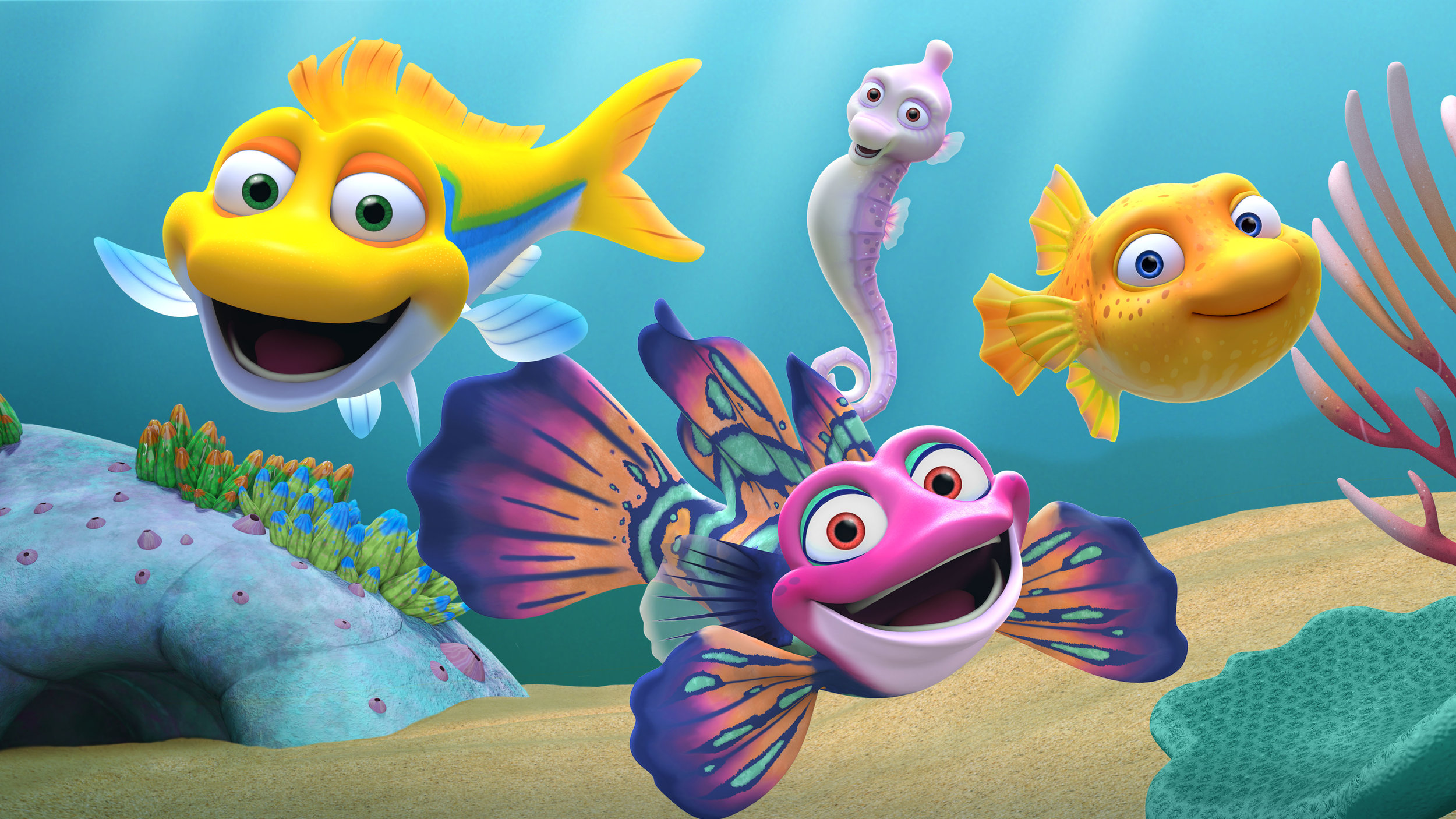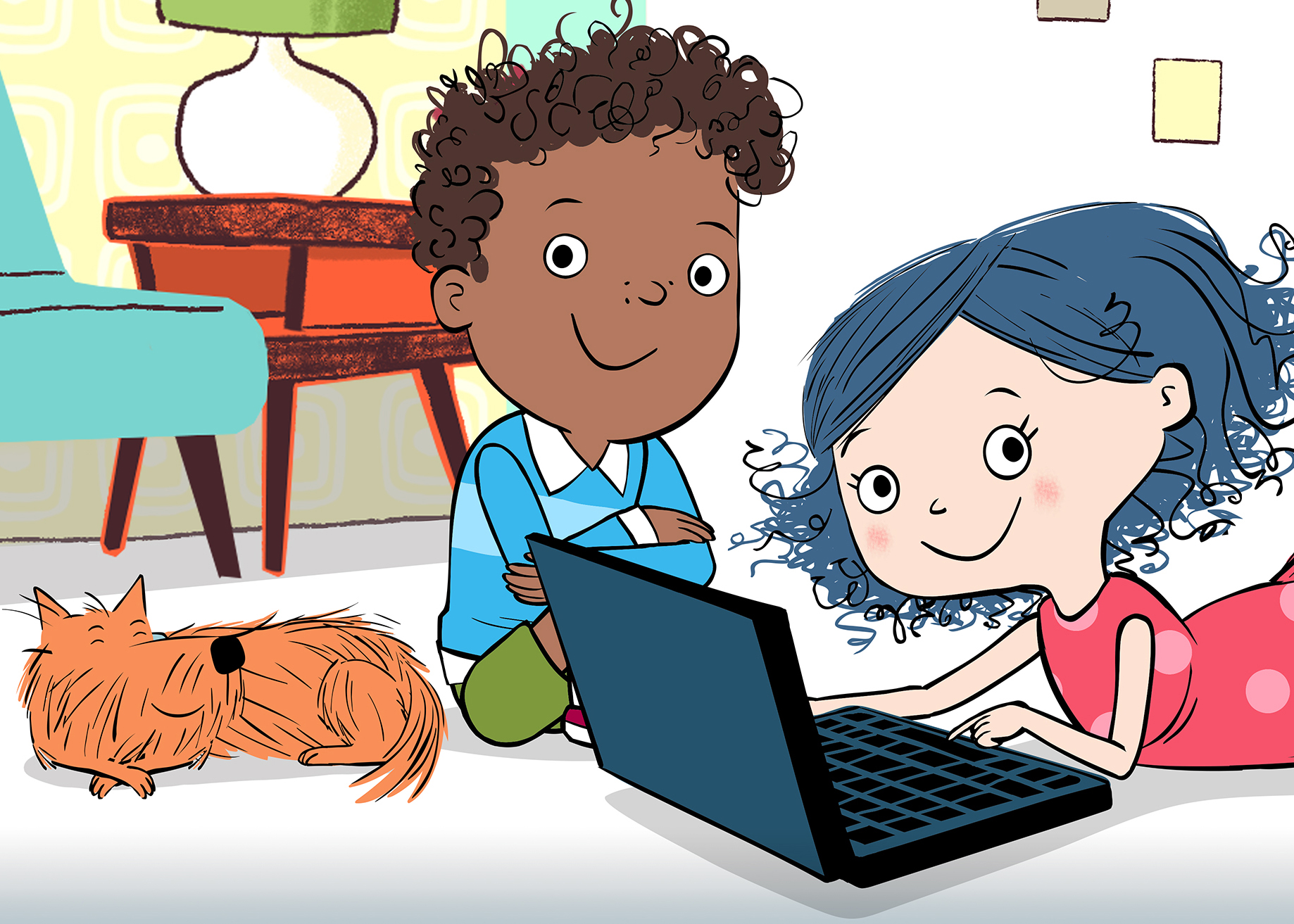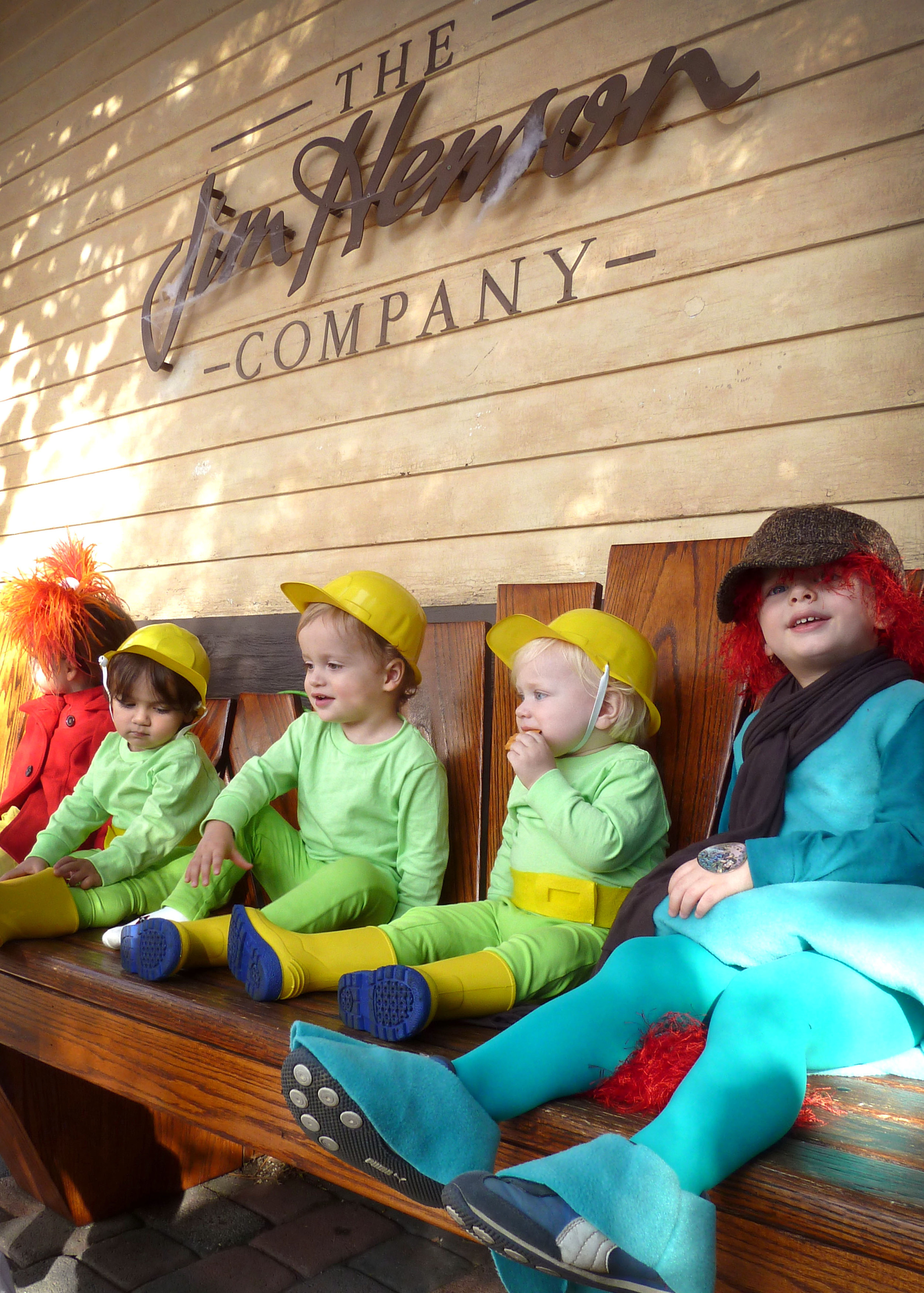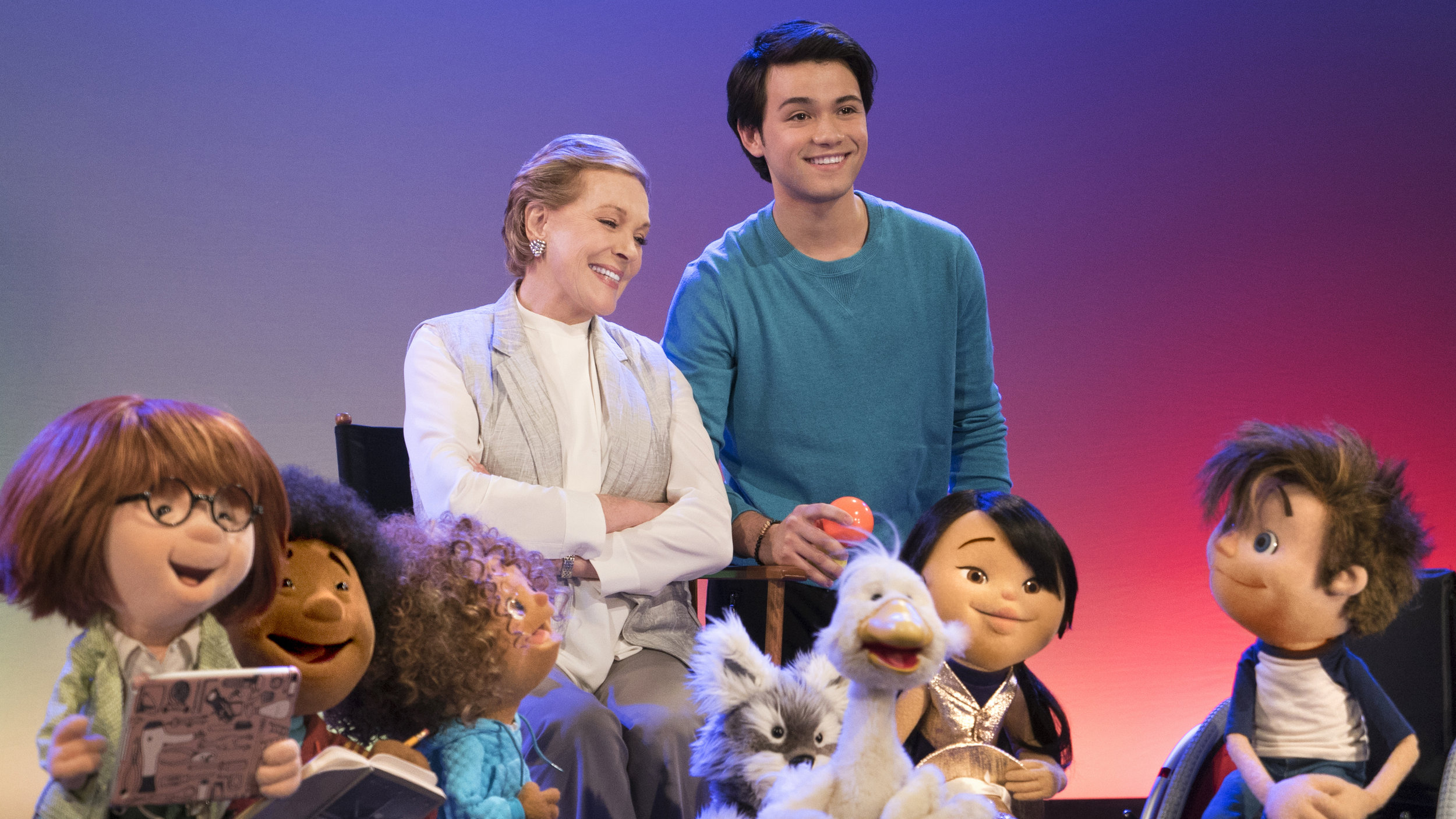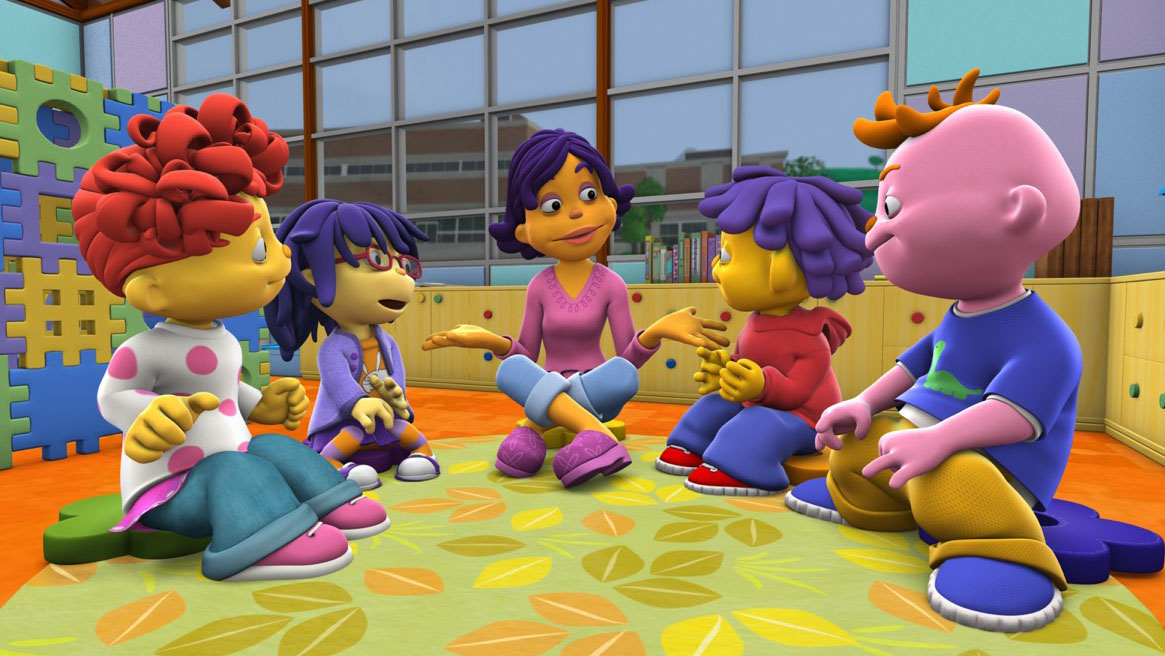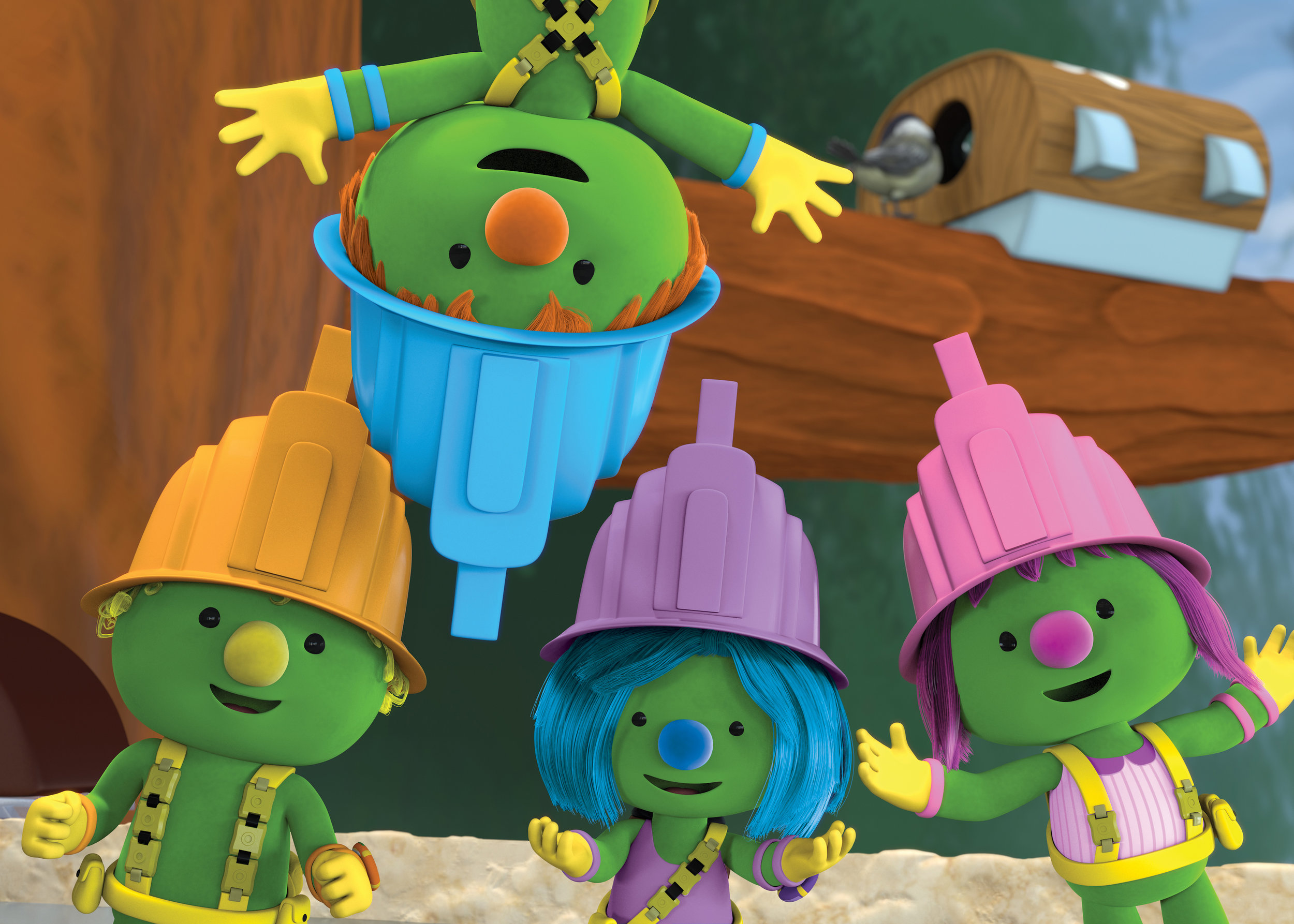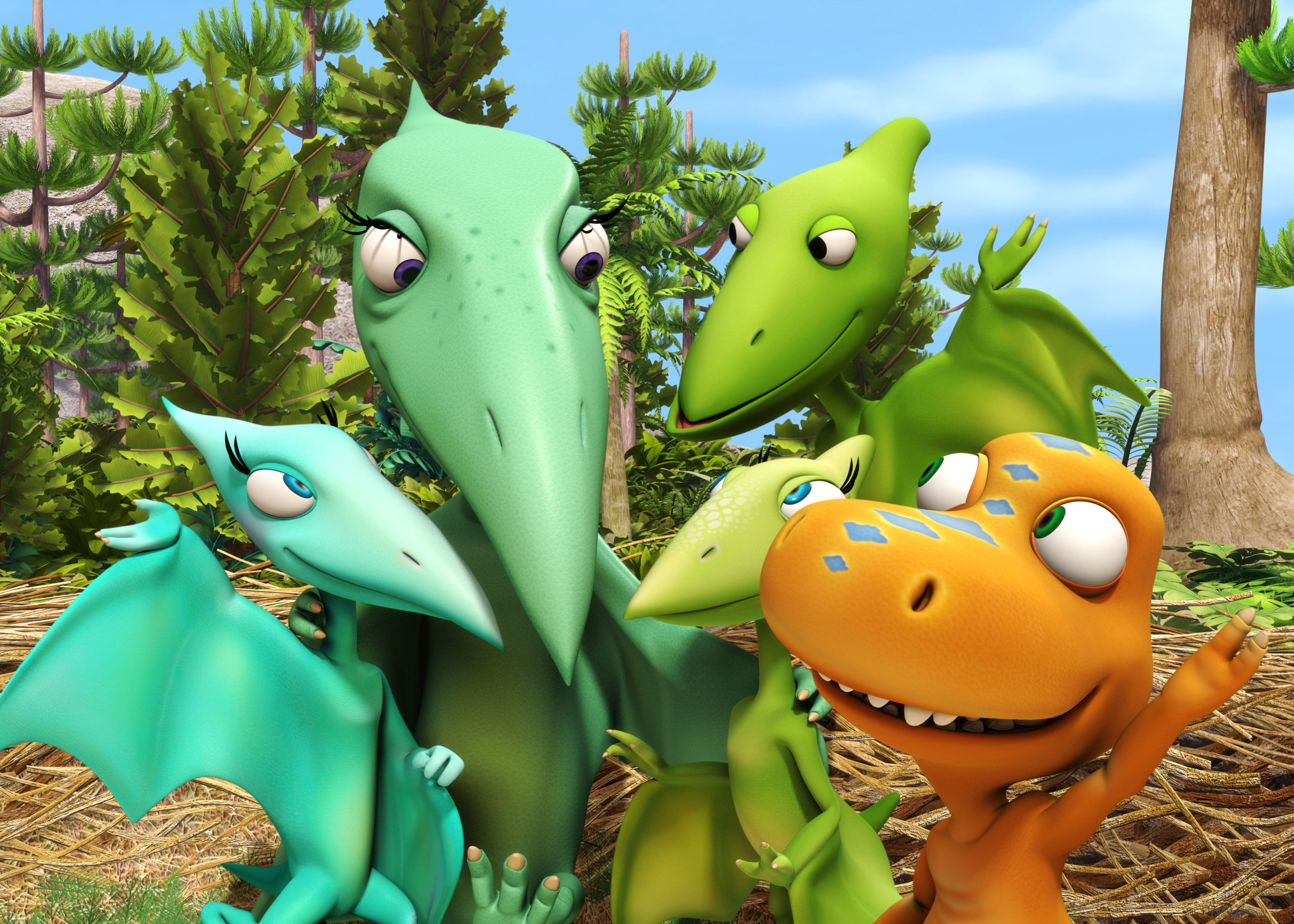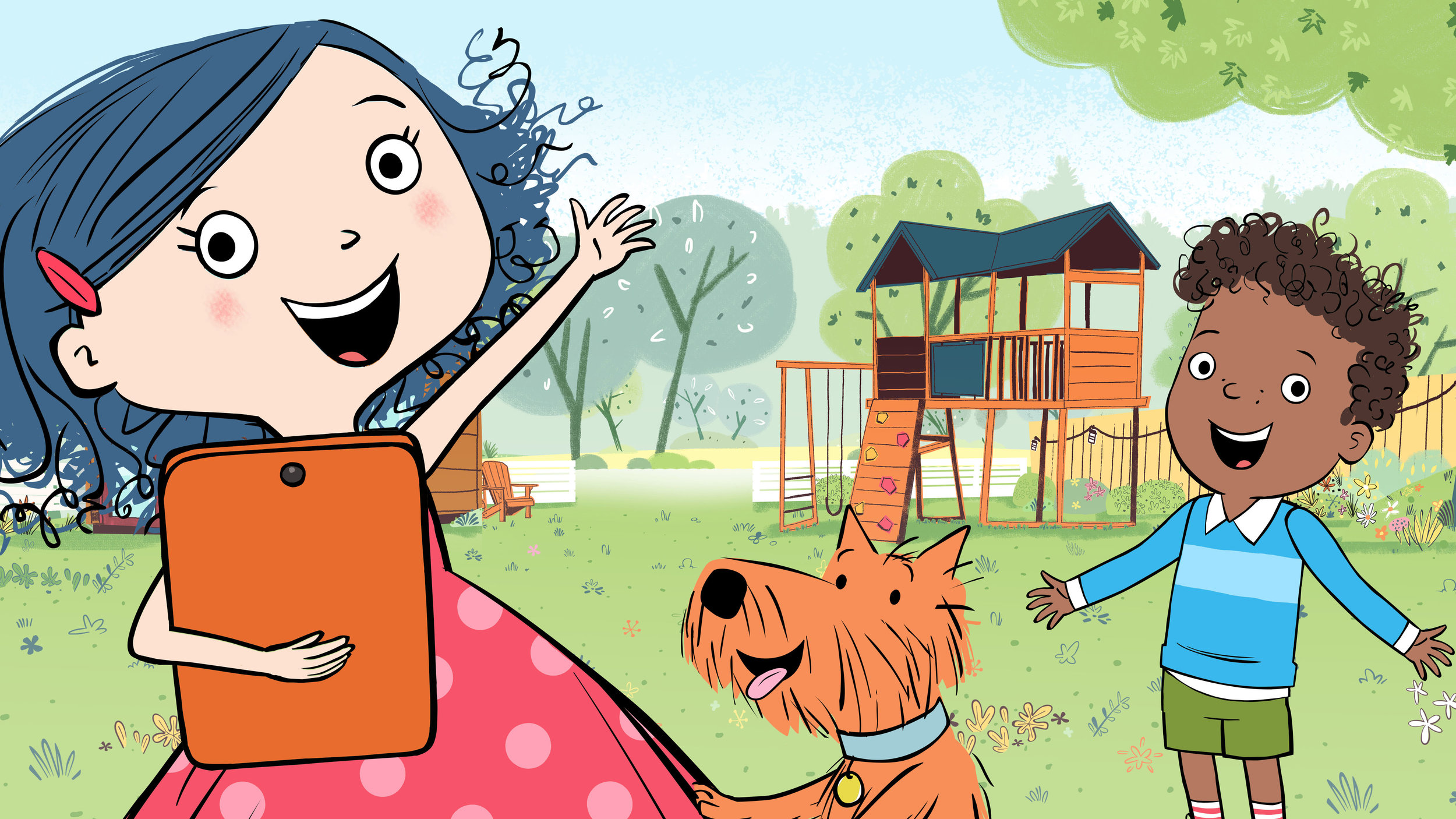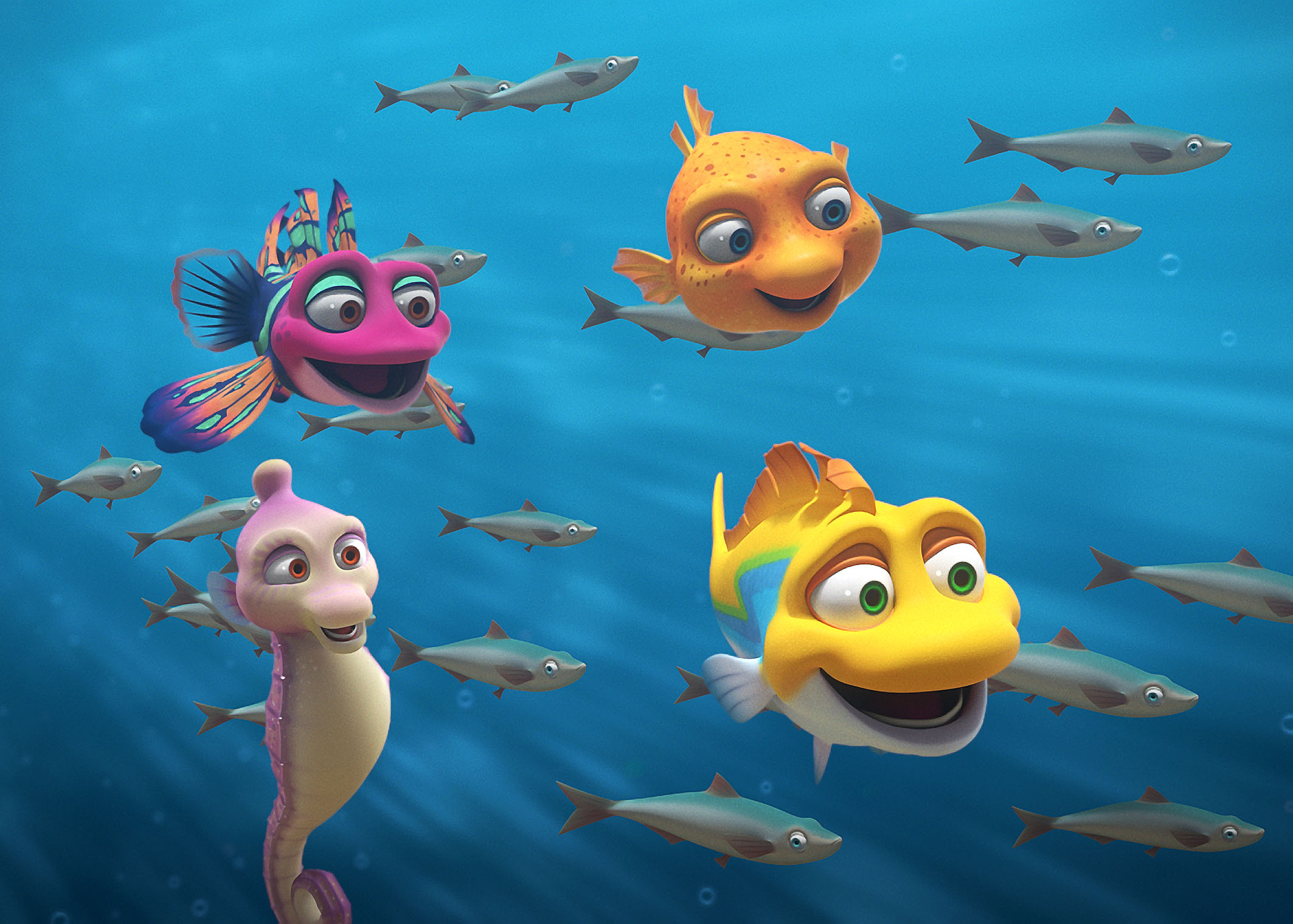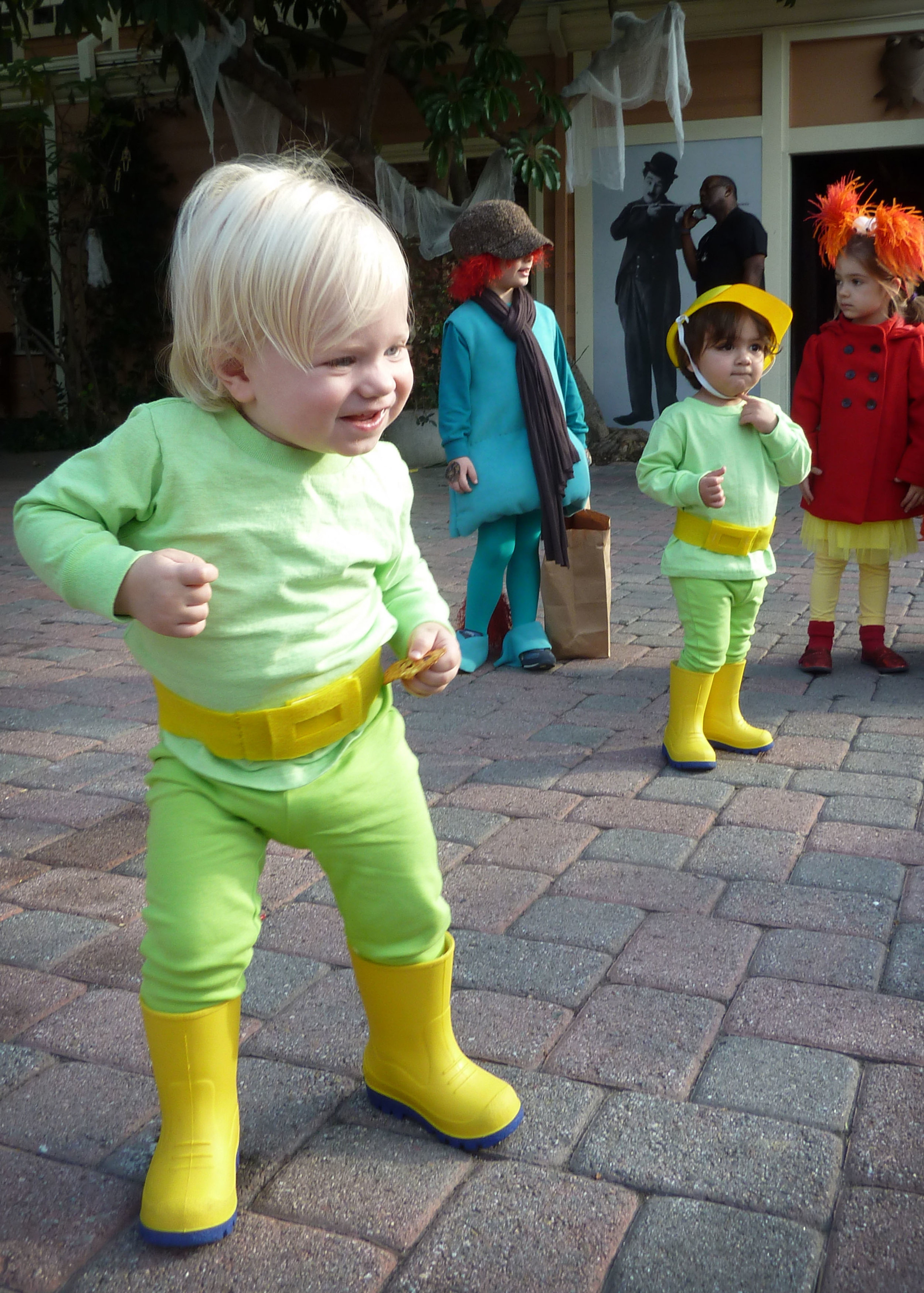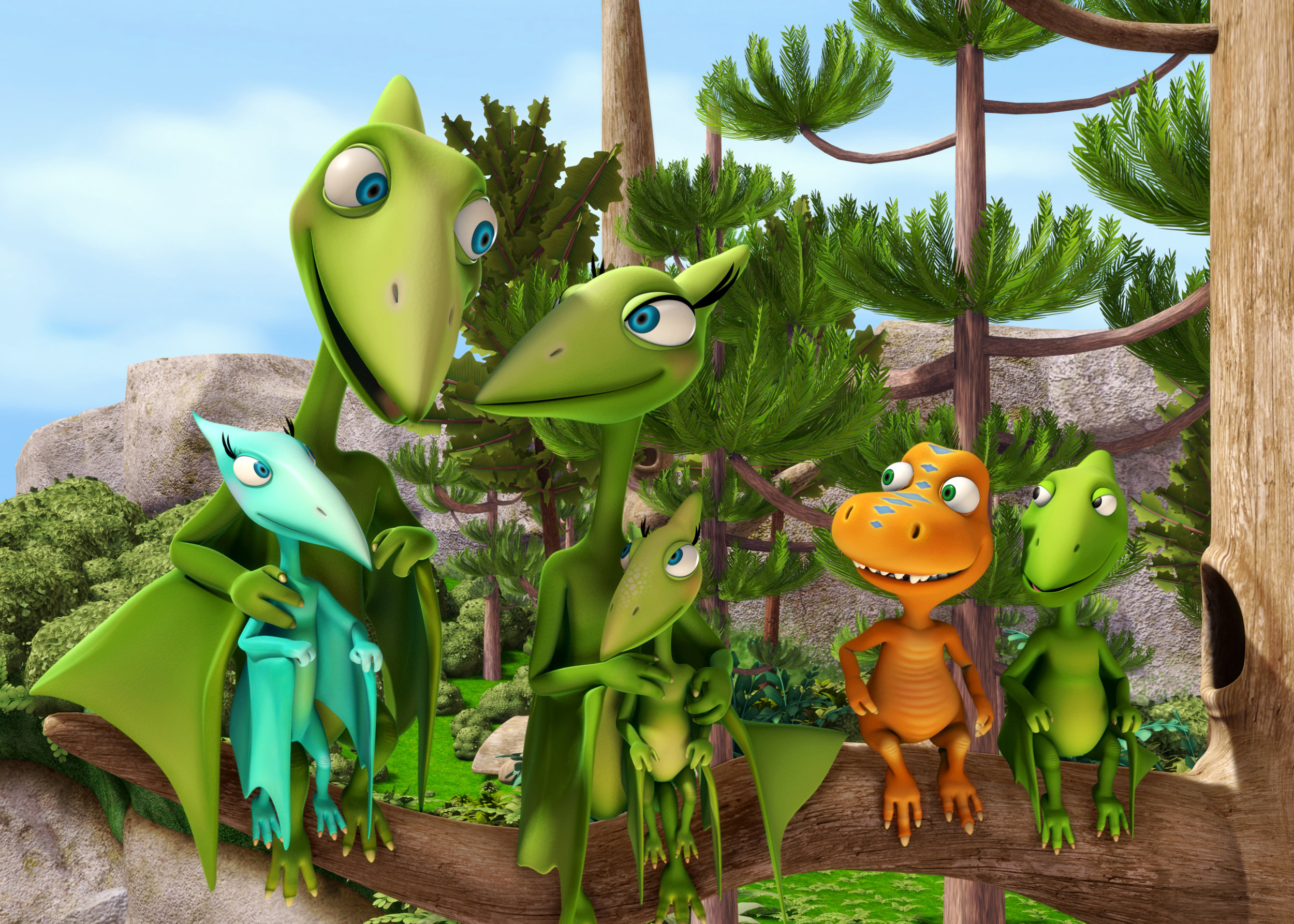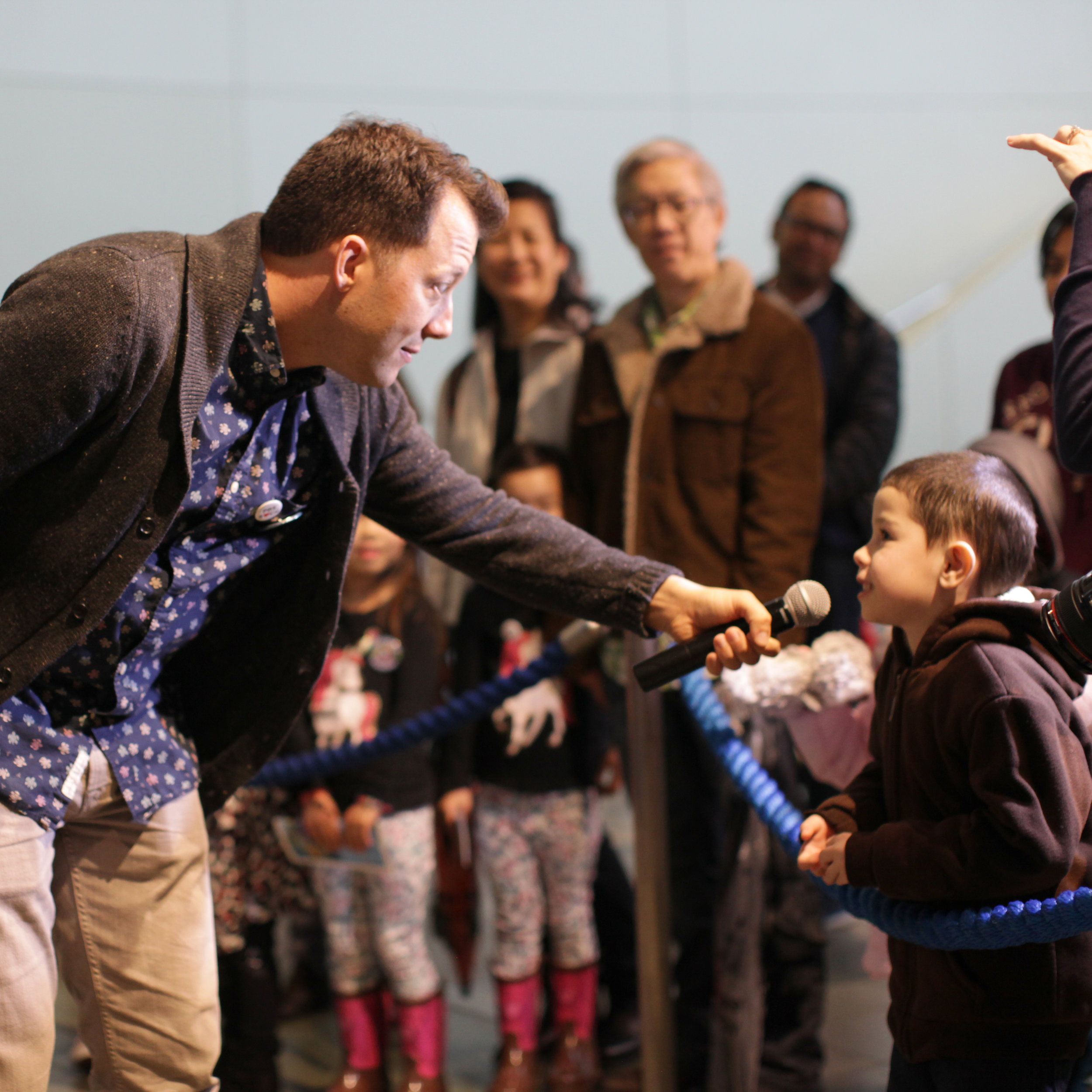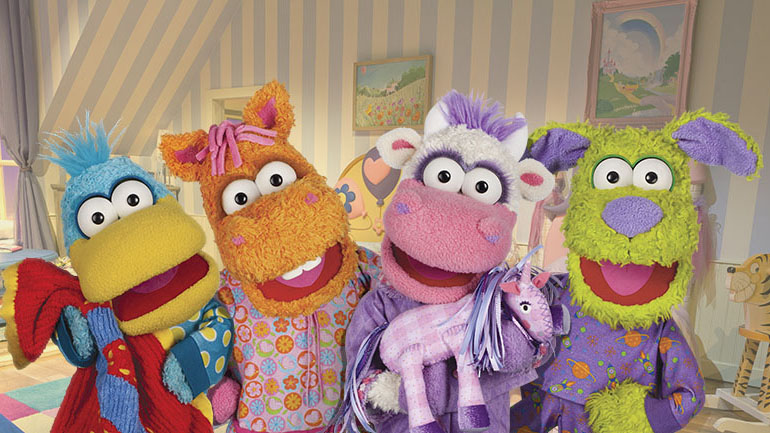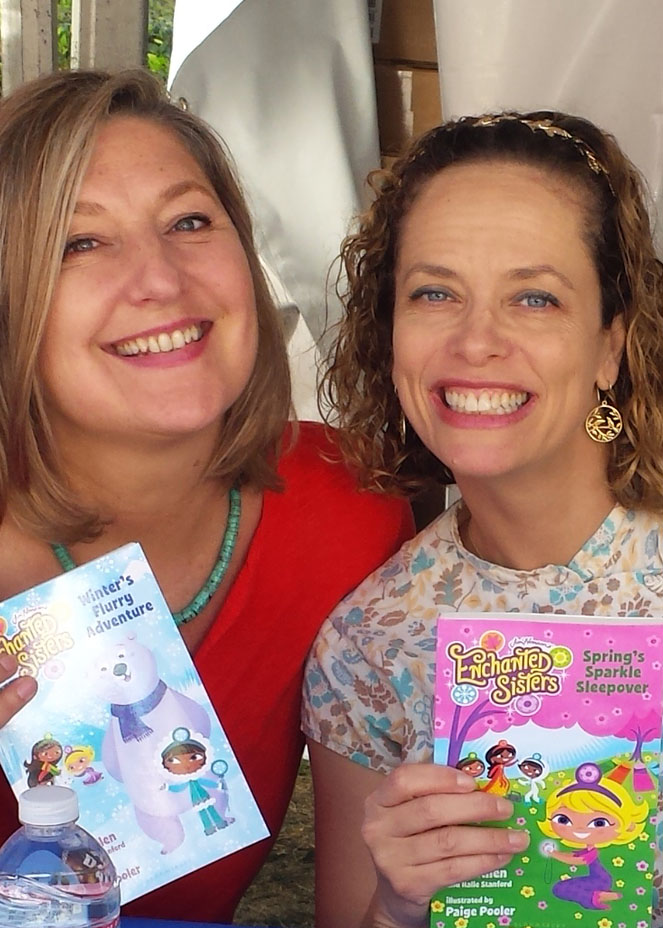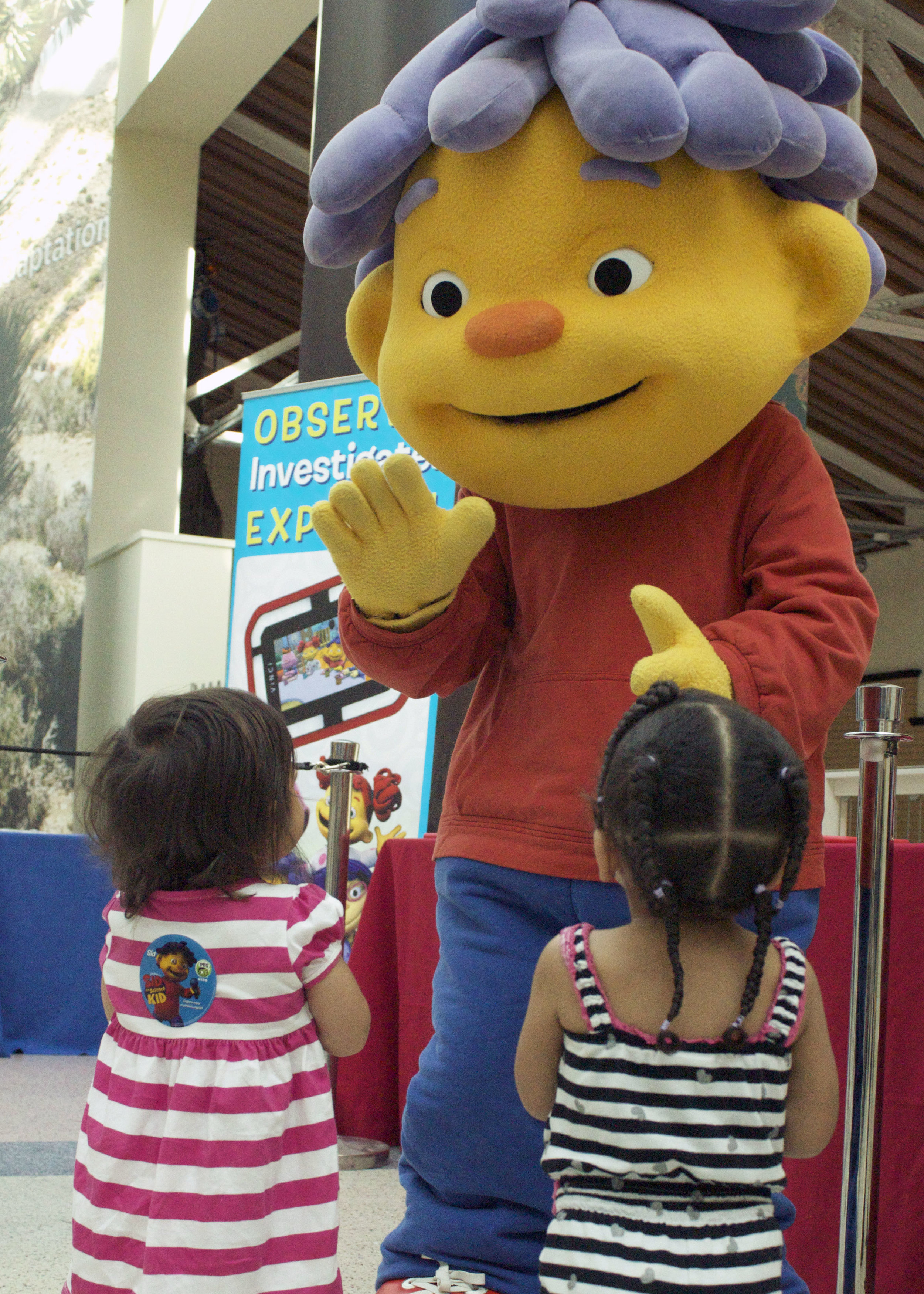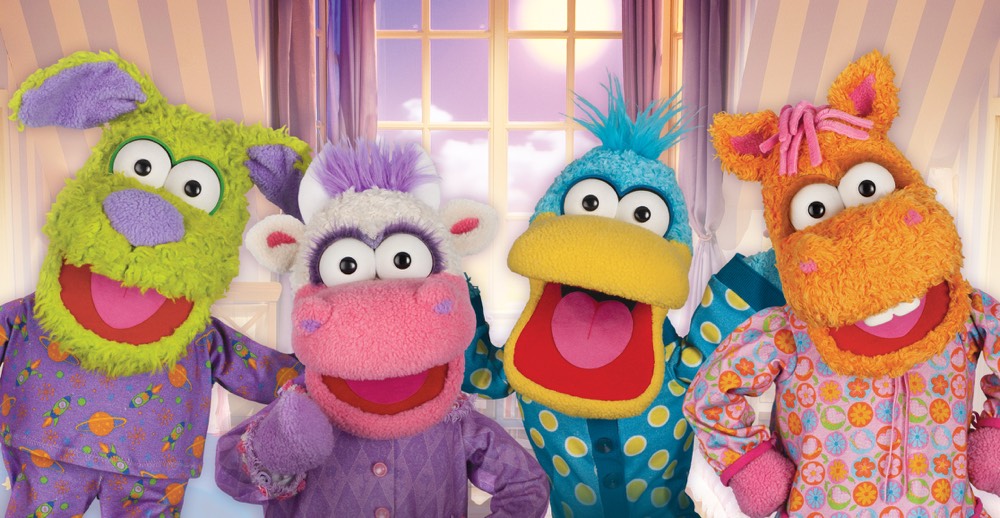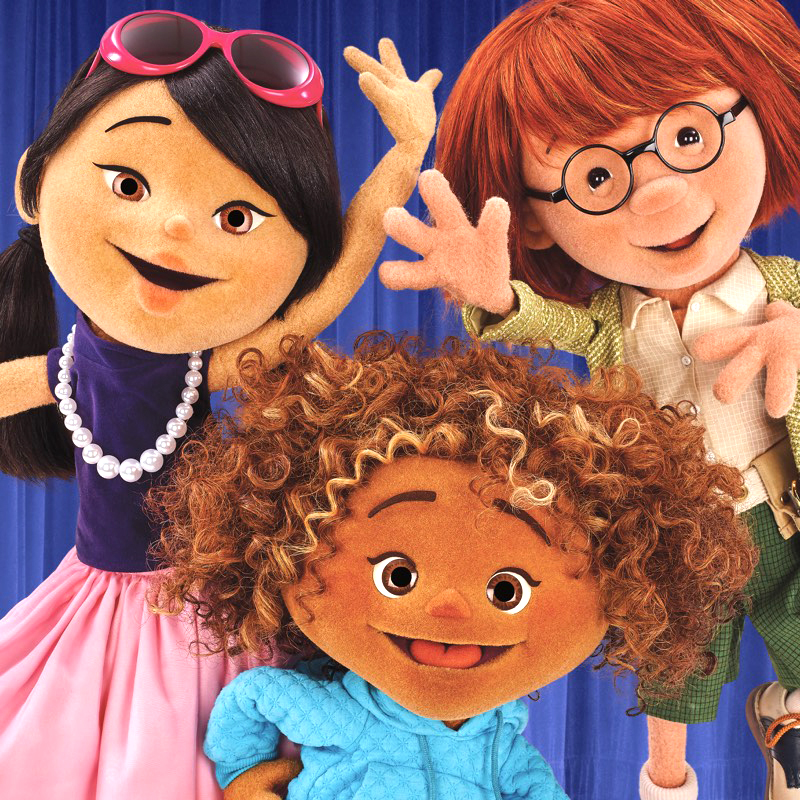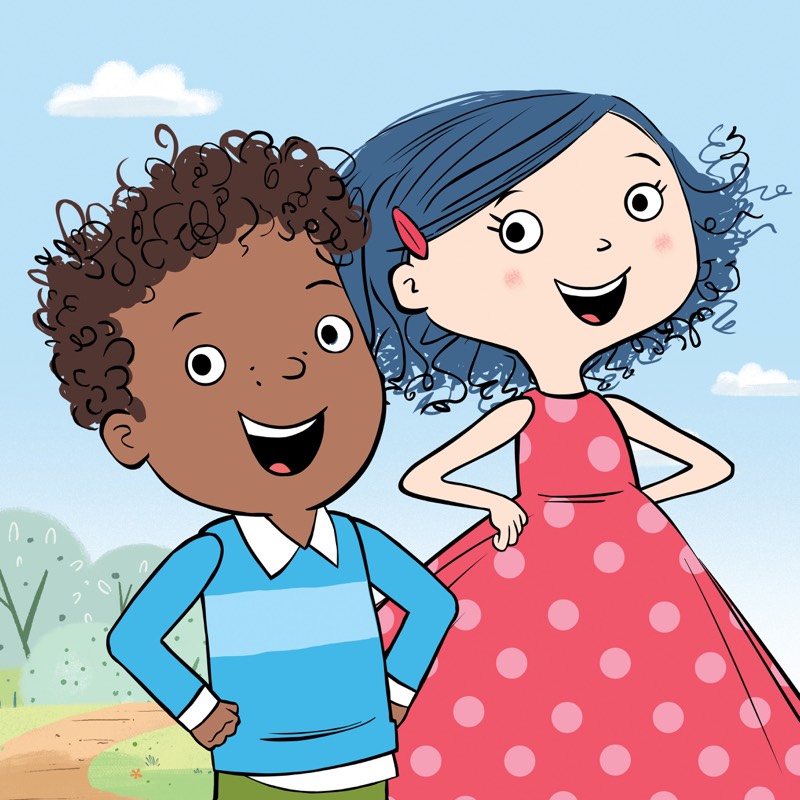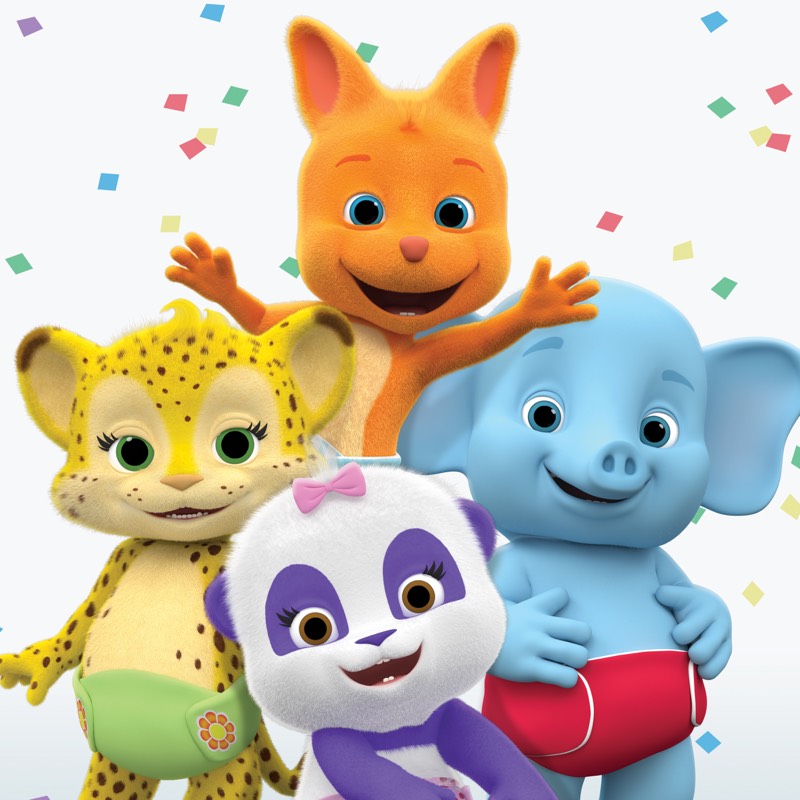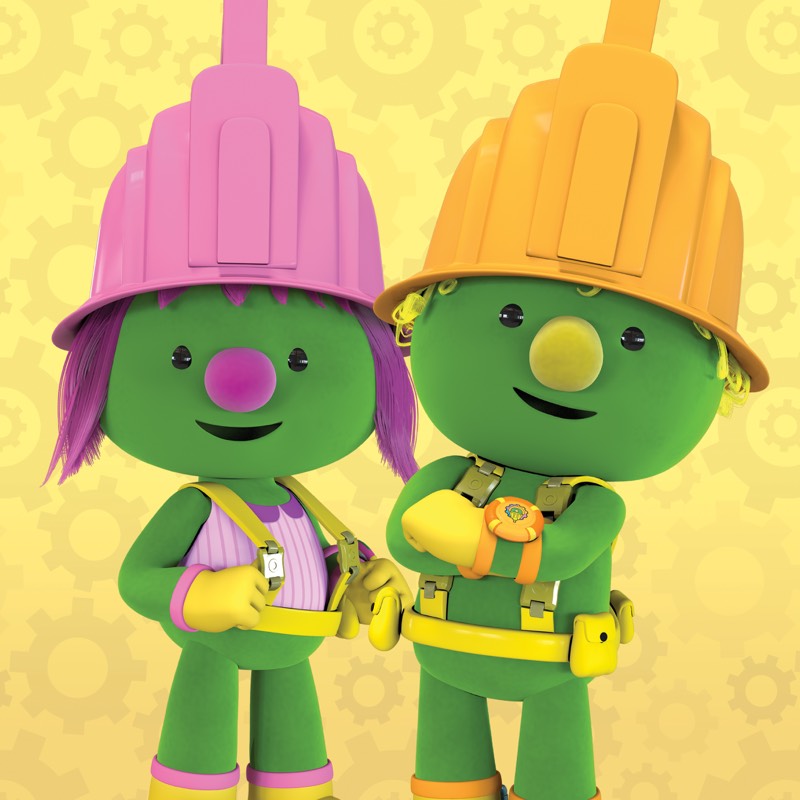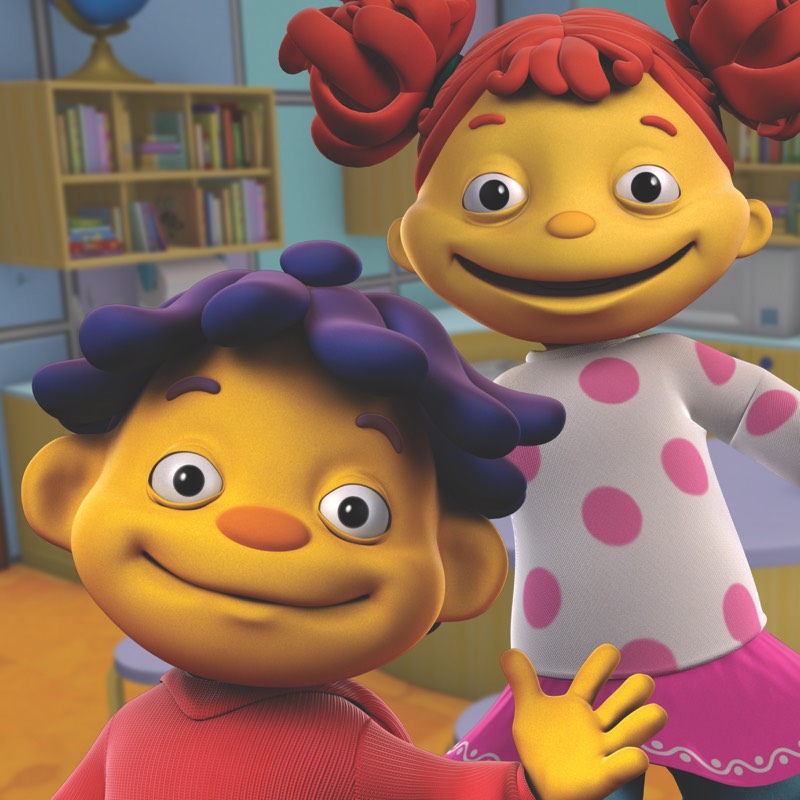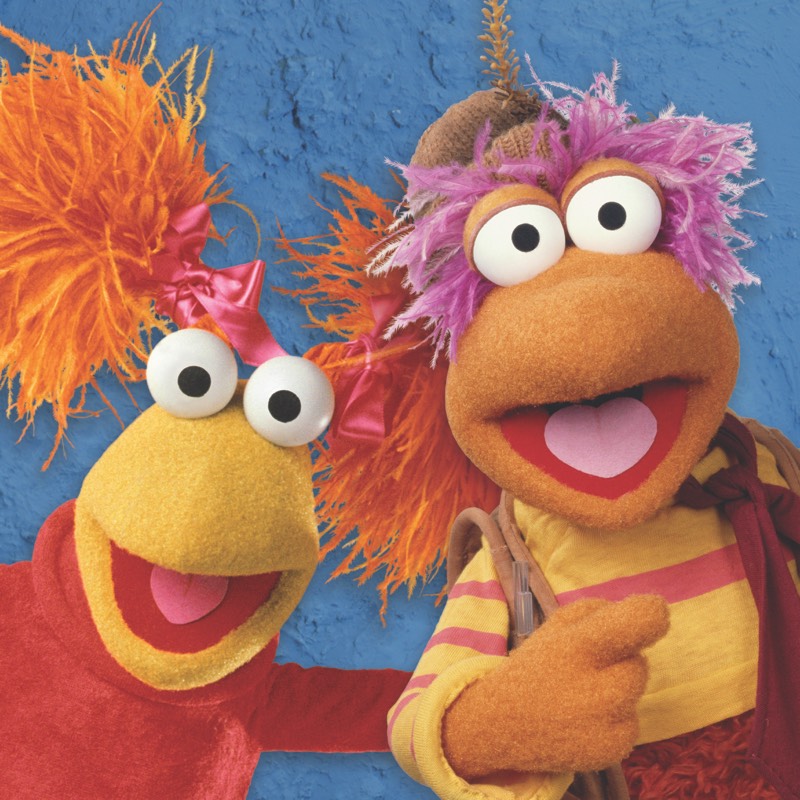Five Tips on Overcoming Separation Anxiety on the First Day of School
By Jennifer Waldburger and Jill Spivack
co-founders of Sleepy Planet Parenting
The start of a new school year often goes hand-in-hand with cries of "Mommy, don't go!" Whether your child's heading to school/pre-school for the very first time, or returning after a fun-filled summer, there are bound to be a few growing pains. Our friends at Sleepy Planet Parenting, Jill Spivack and Jennifer Waldburger (co-authors of The Sleepeasy Solution), share a few tips to make things less stressful on the first day of school.
1. LISTEN AND EMPATHIZE: First, before we can make any traction on helping the child with tools for coping with big feelings, we need to truly LISTEN to his or her feelings. Put the phone down, full attention on child and kneel down to her on her level, making eye contact and with genuine empathy-let your child know her feelings are very normal and understandable.
2. SHARE A PERSONAL STORY: Children feel reassured with a trusted grown up shares a personal story of when he/she separated from someone important and had some similar feelings to the child. “When I left my grandma, daddies, etc. sometimes I felt scared and wondered if they would come back to get me”.
3. MAKE A BOOK WITH PICTURES: One of our favorite tools for helping kids face separation and the big feelings they can bring is to make a book to read together. Going to school or camp in the morning or saying goodbye when a parent works outside of the home, travels, or goes out for the evening and a child stays with a sitter, are just some of occasions when a child can feel afraid when separating from a parent. The big feelings your child has will undoubtedly tug at your own heartstrings as you search for ways to help your child cope with the situation at hand with more confidence and resilience, new skills, and a broader perspective about himself and about life.
The purpose of this book is to not only empower kids by helping them understand the transition but also to give them an avenue for processing their feelings about that change. Research shows that when kids can tell the story of life events that are potentially overwhelming - using both language and the visual support of pictures to support the story - they can better integrate both the change and their feelings about it.
The book you create for your child can be quite simple (stick-figure drawings and stapled-together copier paper) or more elaborate (computer-generated books with photos or other graphics). If you’re not artistically inclined, don’t worry! Tell the story of the separation using simple language, and no more than one concept on each page. Avoid the temptation to tell your child not to feel sad, scared or angry; instead, give your child explicit permission to have any feelings she has, and let her know that you’ll both support her in expressing those feelings and also keep her company while she has them, without trying to “fix” or change them. In the pages that follow permission to feel feelings, you can offer ideas for how to handle the situation (like remembering the Kissing Hand!) or a reminder to ask for help when she needs it.
4. BELLY BREATHS: Kids can learn how to regulate big feelings like anxiety by learning how to take deep breaths. When we take a deep breath, we activate the parasympathetic nervous system, signaling a sense of safety.
During a calm moment, parents can teach kids how to do balloon belly breaths:
a. Put one hand on your tummy and one hand over your heart.
b. Imagine that there is a balloon inside of your belly that you are going to fill with air.
c. Inhale deeply, filling the imaginary balloon in your belly with air.
(Parent can count to 3 to help child slow down their breathing)
d. Now exhale, letting all the air out of the balloon.
(Parent can count backward from 3)
Practice breathing this way together often; this way, in the moment that you are separating from your child, the belly breaths will already be familiar. If they become upset, after you’ve taken the time to listen to and validate their feelings, you can invite your child to take some balloon belly breaths together.







